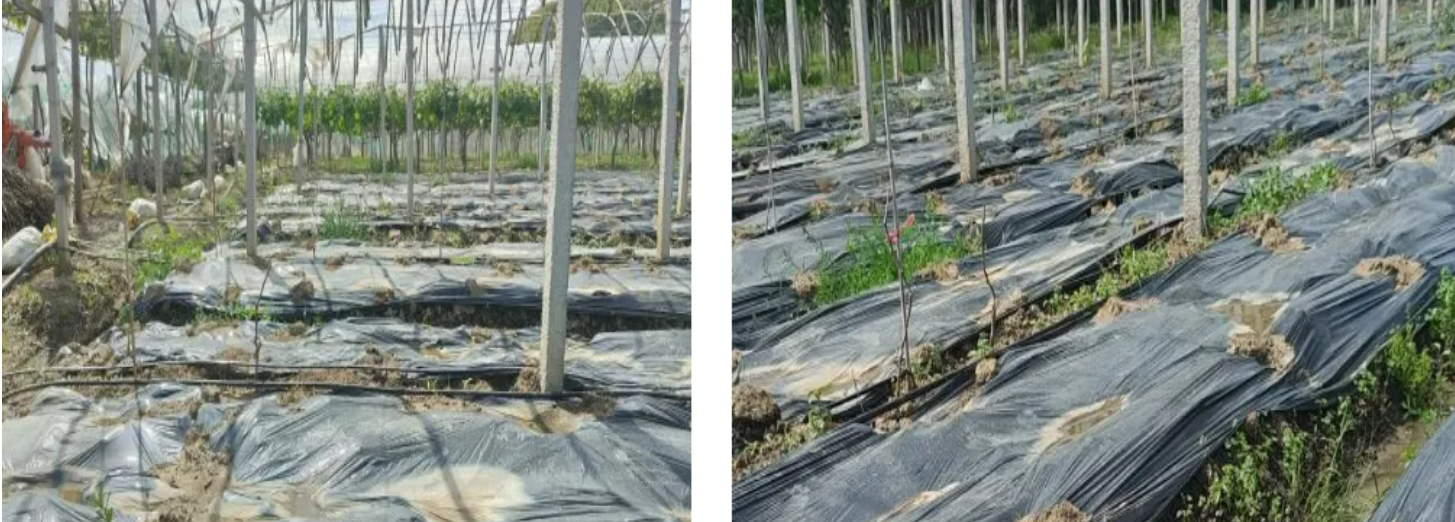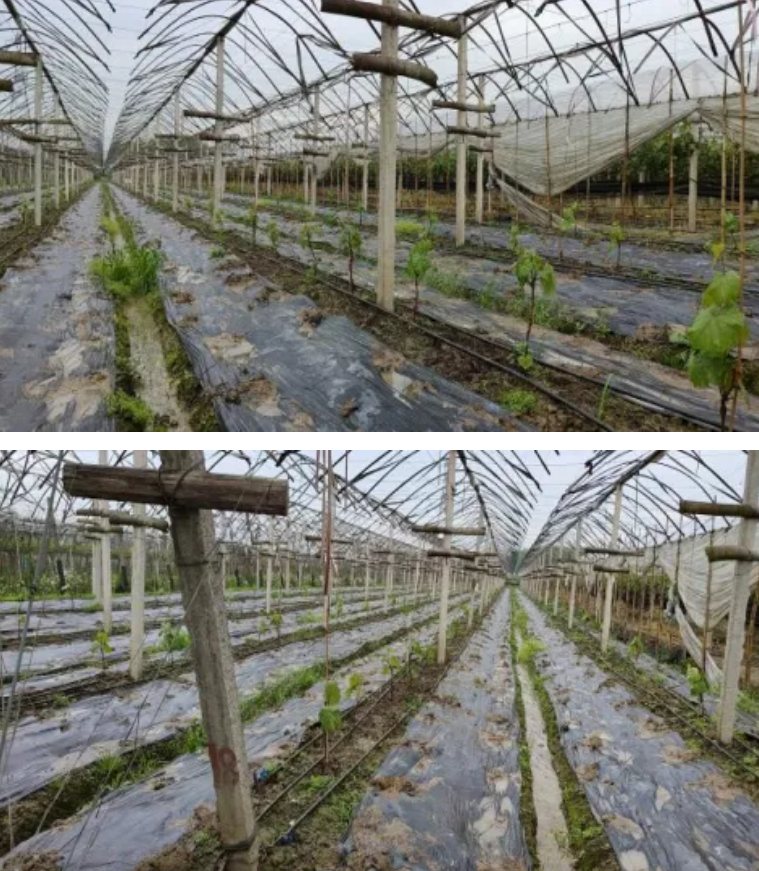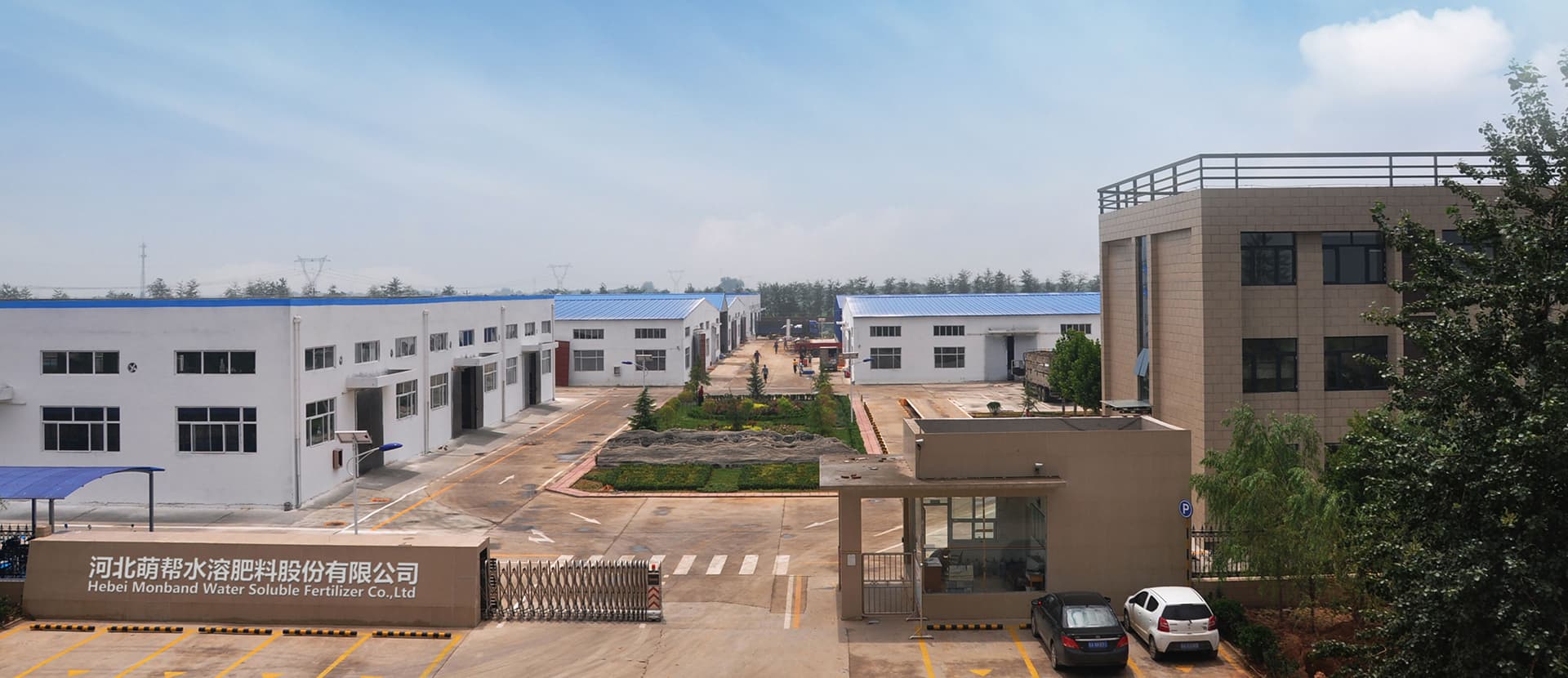Shine-Muscat Seedling Management
Many grape growers plan to switch to Sunshine Rose, but due to the lack of understanding of Shine-Muscat's growth requirements and cultivation techniques, problems such as weak seedlings, uneven seedlings, and even dead plants throughout the garden occur from time to time. We will explain the field management measures of Shine-Muscat for the current stage of Shine-Muscat seedling growth.

Shine-Muscat seedlings should be transplanted when the ground temperature reaches 15°C or more. Before transplanting, we can apply Monband® MBT PULI-NANO ® (Organic Water Soluble Fertilizer) 50 times around the planting pit and deplete the tree nutrients before four leaves. When the seedlings reach four leaves or develop whiskers, we start to use rooting fertilizer, Monband® MBT PULI-NANO ® 5L per acre can be used to promote new root sprouting.

Selection and retention of strong branches, should adhere to the principle of “leave not to stay on, leave strong not to stay weak”, select a good strong branch and early branching, centralized nutrient supply. If the main stem is left too high, it will lead to too thin between the rootstock and the main stem in the later stage, restricting the transportation of nutrients. In order to ensure the viability of the saplings, most growers choose to plant at higher densities. For areas that are too densely planted, we should select stronger saplings and transplant them in a timely manner, while removing the excess seedlings.

After the root system of Shine-Muscat grows up, the application of fertilizer should be considered from two periods. The first period should be mainly nitrogen fertilizer, taking into account the maintenance of roots. Later should be mainly phosphorus and potassium fertilizer, to promote the differentiation of flower buds, for the next year to do a good job of reserves of flowering and fruiting. v-frame tree unilateral branches in the first year should be put to 3-4 meters, leaving enough space, easy to stretch the root system, and the latter part of the management. In addition, most growers in the planting of seedlings in the first year choose not to cover the trellis film, due to more rainy weather this year, at this stage to pay close attention to the growth of seedlings, timely prevention of insects and diseases.





 Learn more
Learn more
 冀公网安备13019902000986
冀公网安备13019902000986